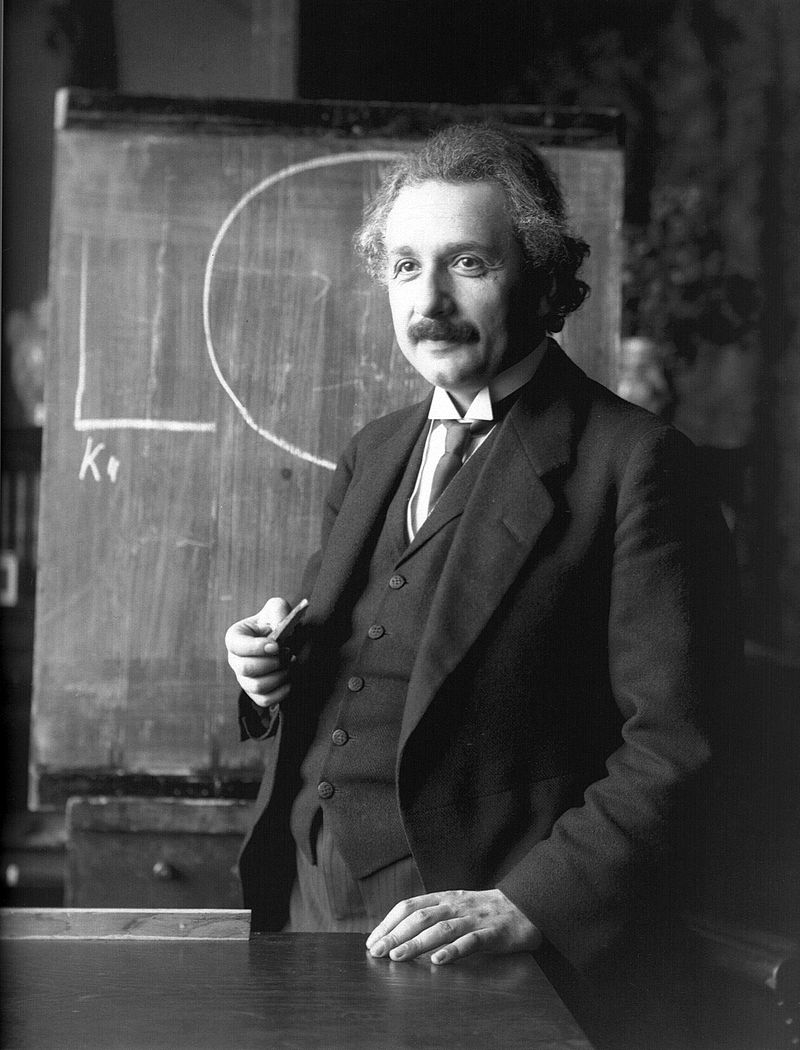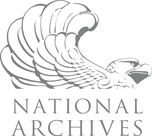 תצוגת תוכן אינטרנט תצוגת תוכן אינטרנט
תצוגת תוכן אינטרנט תצוגת תוכן אינטרנט
Roosevelts' Math Challenge
Answer each of the questions below to uncover the mathematical side of each historic issue or event.
CATEGORY:
Math, Research
GRADE LEVEL:
Elementary, Middle and High School
SUGGESTED TIME:
30-45 minutes
SUGGESTED MATERIALS:
Pencil, paper, calculator
DISCOVERY OBJECTIVES:
To learn that history is filled with opportunities to discover, practice and apply our math skills to develop a richer understanding of historic events.
TAG US IN SOCIAL MEDIA:
Post a picture of your work to social media with the hashtag #fdractivities
 תצוגת תוכן אינטרנט תצוגת תוכן אינטרנט
תצוגת תוכן אינטרנט תצוגת תוכן אינטרנט
Historic Context:
The Roosevelt Presidential Library and Museum is dedicated to teaching about the life and times of Franklin and Eleanor Roosevelt. It is a museum that highlights two very important people in American history who saw the nation through two of the major crises of the 20th century, the Great Depression and World War II.
Though the Roosevelt Presidential Museum is primarily a history museum, if you scratch just a little below the surface you will discover it is also loaded with many interesting math facts as well. The questions below will allow you to discover some of the mathematical side of Roosevelt history.
Mail Math
- FDR was the “People’s President.” That means that people felt very close to him. So close in fact, that he received about 5000 letters from people across the United States every day! If FDR got 5000 letters each day;
- How many letters would he get each week? (Be sure to account for the fact that there is no mail delivery on Sunday)
- How many letters would he get each month?
- How many letters would he get each year?
- How many letters would he get over the course of a four year term?
- How many would he have gotten by the end of his second term?
- How many would he have gotten by the end of his third term?
- FDR lived just 83 days into his fourth term. So, how many letters did he get for his entire time in the White House?
- The letters are stored in containers called ‘Hollinger boxes.’ Let’s assume that all the letters sent to FDR while he was president were kept, and let's assume that the average letter was two pages long. If each Hollinger box can hold about 900 pages, how many Hollinger boxes would be needed to hold the entire collection of letters sent to the president?
- If 500 letters weigh 7 pounds, how many pounds of letters did FDR get each day?
Miles Math
- FDR had a special train car called the Ferdinand Magellan and often traveled back and forth from his home in Hyde Park, New York to the White House in Washington, D.C.
- If FDR went from Hyde Park to Washington, D.C. how many miles would he have traveled?
- If his train traveled at 50 miles per hour, how long would it take him to reach Washington?
- In 1943 Mrs. Roosevelt went on a 25,000 mile goodwill tour through the South Pacific. The Allies were fighting hard to turn back Japanese forces and the President thought it would raise the morale of the weary forces to see that the First Lady had traveled so far to visit them in the war zone.
- She left on August 17th and returned on September 25. During her 39 day trip she traveled 25,000 miles in total. About how many miles per day does that average out to?
- During the trip she saw an estimated 400,000 service men and women. About how many does that average out to per day?
Military Math
- On June 6th, 1944 the Allied Forces invaded France to begin the huge task of taking back Europe from the Nazis. The invasion was code named OPERATION OVERLORD, but most people came to know it simply as D-Day. The troops were carried ashore in special landing craft called Higgins boats.
- If the American troops each carried 60 pounds of equipment, and a Higgins boat could carry 24 fully equipped soldiers, how much weight would the Higgins boat be carrying?
- The M-4 Sherman tank was the workhorse of the Allied tank arsenal in World War II. It was a mean machine and it required a lot of fuel to get where it was going, averaging only about .7 miles to the gallon! How many gallons of gas would be required for a single M-4 tank to travel the 778 miles from Normandy Beach (where the D-Day forces landed) to Berlin Germany (where Hitler had his headquarters)?
- The M-4 could hold about 175 gallons of gas, how many times would it need to stop and refuel along the journey?
- The M-4 required a crew of 5 to operate. How many tank crew members would there be in a unit operating with 28 M-4 tanks?
Great Depression Math
- The Great Depression was a time when a lot of people were out of work. According to the 1930 Census, the American population was about 123,000,000. The unemployment rate in the 1930s was about 25%.
- How many people would 25% of the US population be in the 1930s?
- According to the 2000 Census, about how many people are there in the United States today?
- How many people has the United States added to its population since 1930?
- The average household income in 1930 was $1,368.00.
- About how much would that household be making per week?
- If this household spent $8.00 per week on food, how much money would they spend on food for the year?
- What percentage of their annual income would they be spending on food?
- How much would that leave them for spending on other items?
- During the Great Depression FDR created the Civilian Conservation Corp (CCC). One of its main goals was to put young men aged 18-24 to work planting trees for conservation purposes.
- If a CCC worker could plant 40 trees per hour, how many trees would they have planted in a nine hour day?
- How many trees would they plant in a five day week?
- How many trees would they have planted in a month?
- How many trees would they have planted in a year?
- Just eight days into his presidency FDR gave the first of what would become semi regular radio addresses that came to be called ‘fireside chats.’ President Roosevelt liked to talk to the American people over the radio and focused each broadcast on a specific topic of national importance. The broadcasts were friendly and informative and each lasted about 25 minutes.
- If FDR gave 29 fireside chats while he was in office, how many minutes of broadcast time did he spend in total talking to people through all of his chats?
Questions to Consider:
- Describe five things you learned about the Great Depression, World War II, President Roosevelt or Mrs. Roosevelt by answering the math questions above.
- What other ways could you evaluate history by using math?
A Step Beyond:
- Research D-Day and collect 5 more math related facts.
- Research Mrs. Roosevelt and her wartime travels, and collect 5 more math related facts.
- Google FDR and fireside chats and listen to a few minutes of one. What math is there in what FDR is saying?




